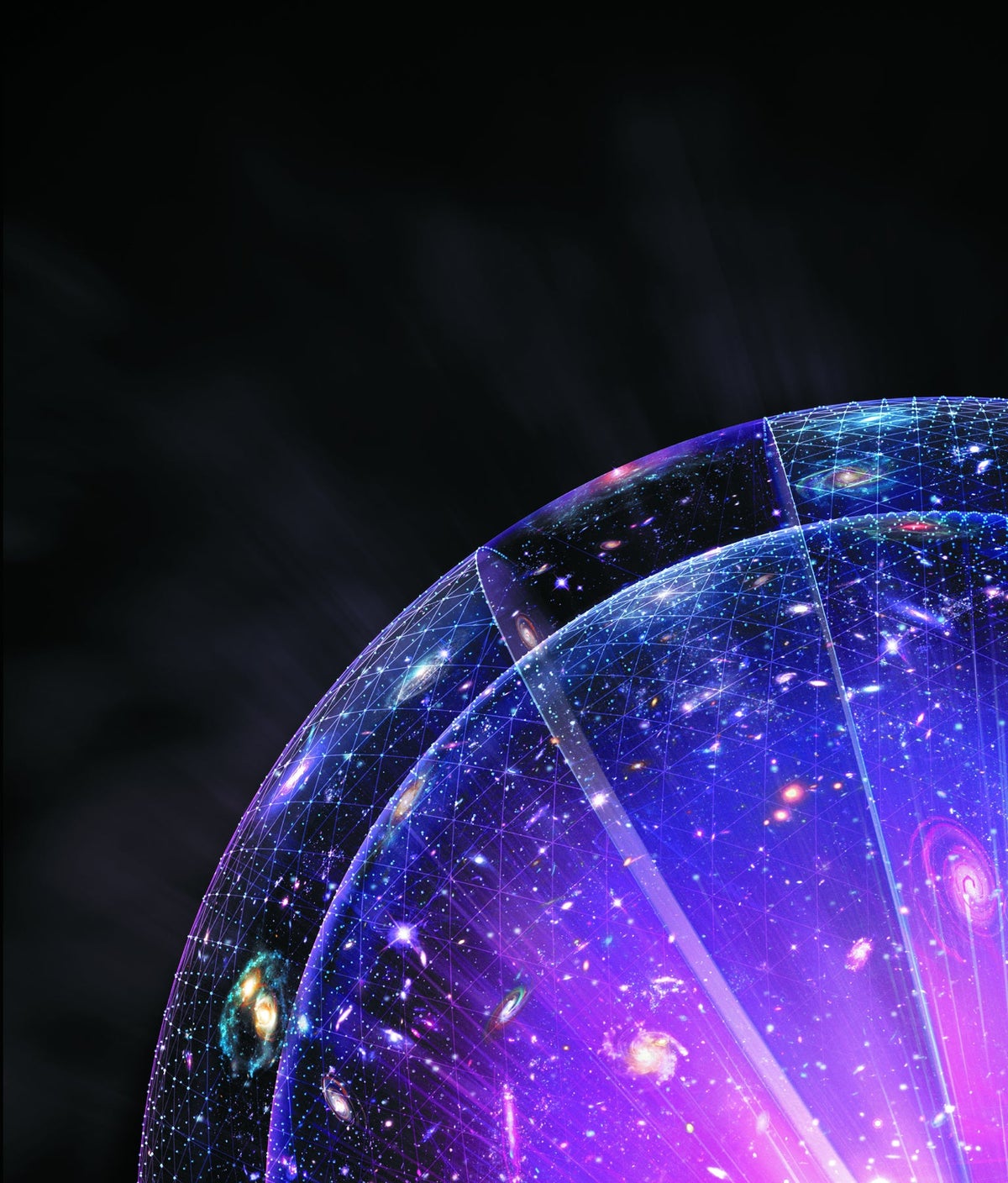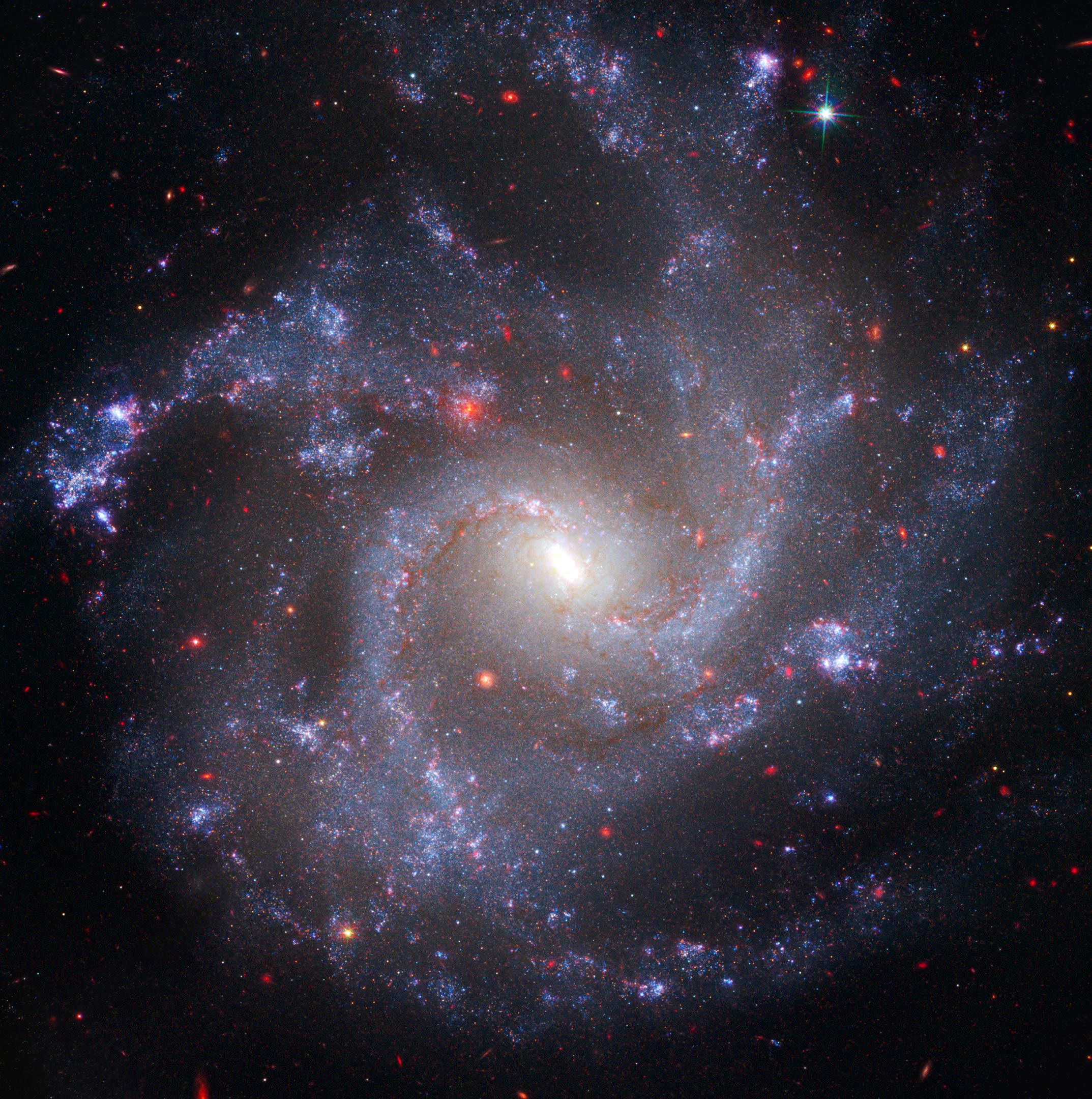para bellum
Platinum Member
The Ancient Greeks had no clue about nuclear decay, they could not describe a "law of physics" that governed nuclear decay. It does not mean nuclear decay was not taking place.Can you give an example?
Say, a time when the half-lifes we observe now did not hold, and why?
Or, like, when mass was different?
How would the same laws appear to act differently? Something would have to change, if not the forces themselves.
Trying to understand this .
From the time particles could be formed and assemble into atoms, the "laws of physics" have been unchanged- meaning the way matter behaves has not changed.
There was a time when all the matter in the universe was in the form of a quark-gloun plasma. The laws of physics (as we describe them) do not govern the behavior of matter in this form- quarks and gluons cannot bind into protons and neutrons, there are no nuclei for electrons to bond to and form atoms, etc. QGP is a very weird form of matter that can only be described in terms of lattice gauge theory. Quantum physics cannot describe matter in this form. There is no nuclear decay because there is no weak nuclear force and no nuclei to decay, etc. The "laws of physics" as we know them do not exist yet.
That does not mean interactions are not happening- this was a time of continuous high-energy collisions of quarks and anti-quarks being produced and colliding and forming new quarks, photons, electrons and anti-electrons, mesons, etc- a very energetic time when matter was behaving like a super-fluid.
When the universe had cooled to the point where the 4 forces could emerge and govern the behavior of matter, the "laws of physics" that we know emerged simultaneously and have held sway ever since.
Last edited:



